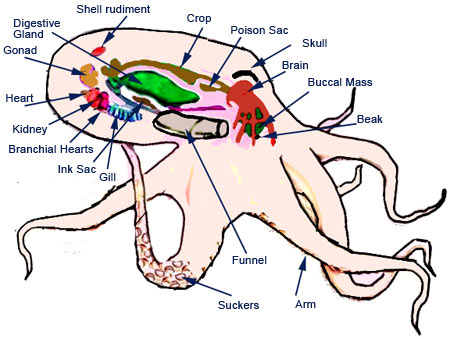
This ratio is the highest among all invertebrates. So, the ratio of the brain is very high in octopuses as compared to their body. This is also a fact that intelligent animals always have a higher ratio of the brain than its body. This measurement is not perfect because the degree of folding also plays its major role. This is because it indicates how much an animal is investing in its brain. Seriously cleverĪs a rough guide of octopus intelligence, scientists use the size of an animal’s brain as compared to its body.

This means that octopuses benefit from both centralized and localized brains as they can control their actions. This experiment was successful as octopuses have nine brains. This means that the central brain, which has visual information, can easily control a single arm. Many of the octopuses were successful in finding their food. The walls were transparent around the octopus these walls help the octopus to find food. This experiment also ensures that the arm cannot use its chemical sensors to find the food. This experiment was done when researchers designed a maze so that the arm of the octopus should come out from the water. In 2011 this fact was proved that an octopus could learn how to guide his one arm in the direction of food. The brain, which is present at the center, is capable of exerting top-down control. He also said that each arm acts independently to taste, move without direction, and move.

But what did they contain in their every arm? Jon Ablett, the curator of cephalopod collection museum, told that the arrangement of eight arms ensures that octopus performs tasks with their arms more effectively and speedily. It is a famous fact about an octopus that they have eight arms. In all of the invertebrates, octopuses are the most behaviorally diverse and intelligent. They have a siphon that is used for both locomotion and respiration through expelling a jet of water. They take their eight appendages with them when they swim. The soft body can easily change its shape so that octopus squeezes from small gaps. These cephalopods have two eyes and a beak, the mouth is at the center of eight limbs. Like all other cephalopods, the octopus is also bilaterally symmetrical.


This class includes cuttlefish, nautiloids, and squids. This order then grouped into the class Cephalopoda. Octopus is related to almost 300 species of soft-bodied, eight-limbed mollusks of order Octopoda.


 0 kommentar(er)
0 kommentar(er)
